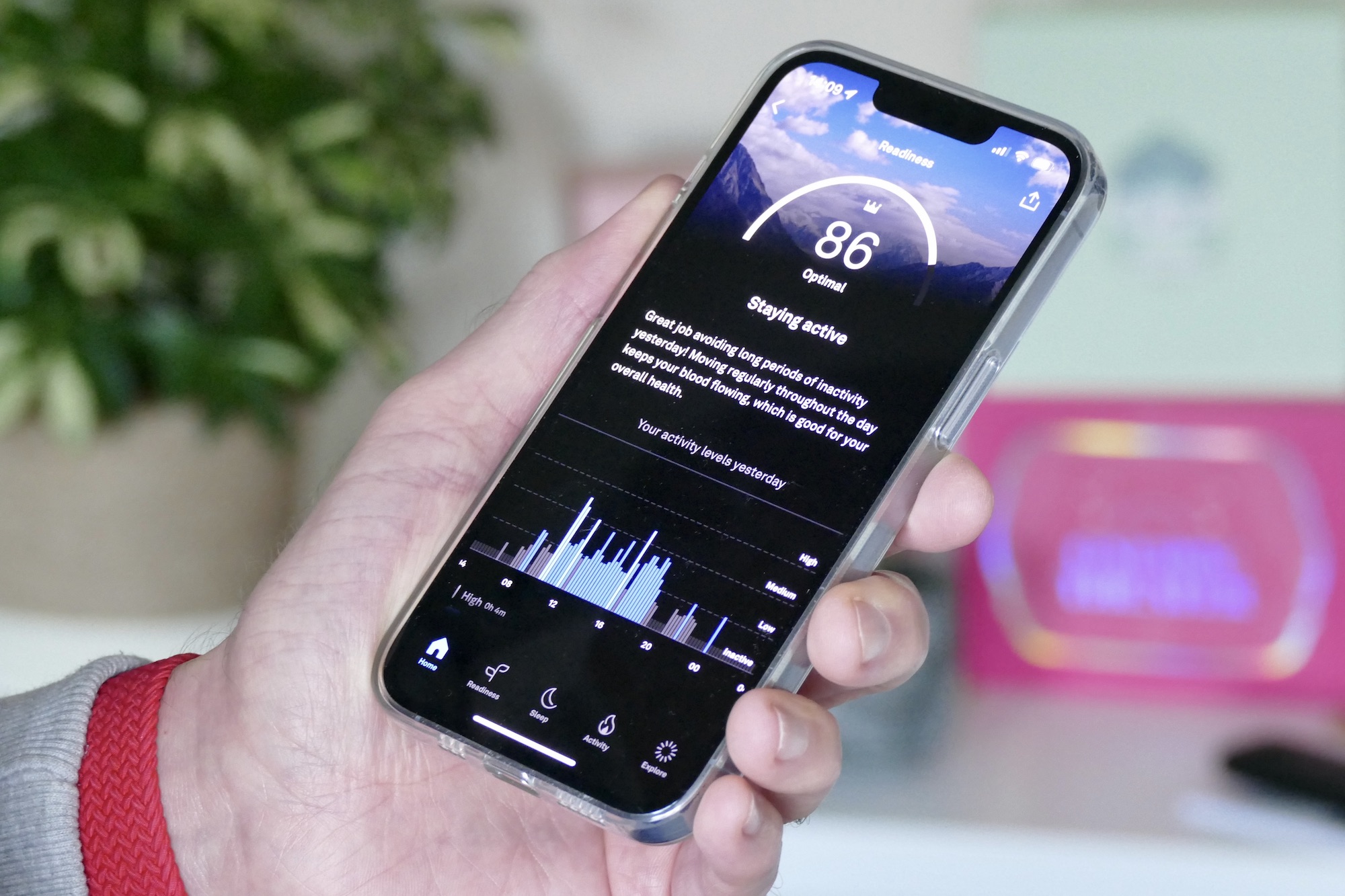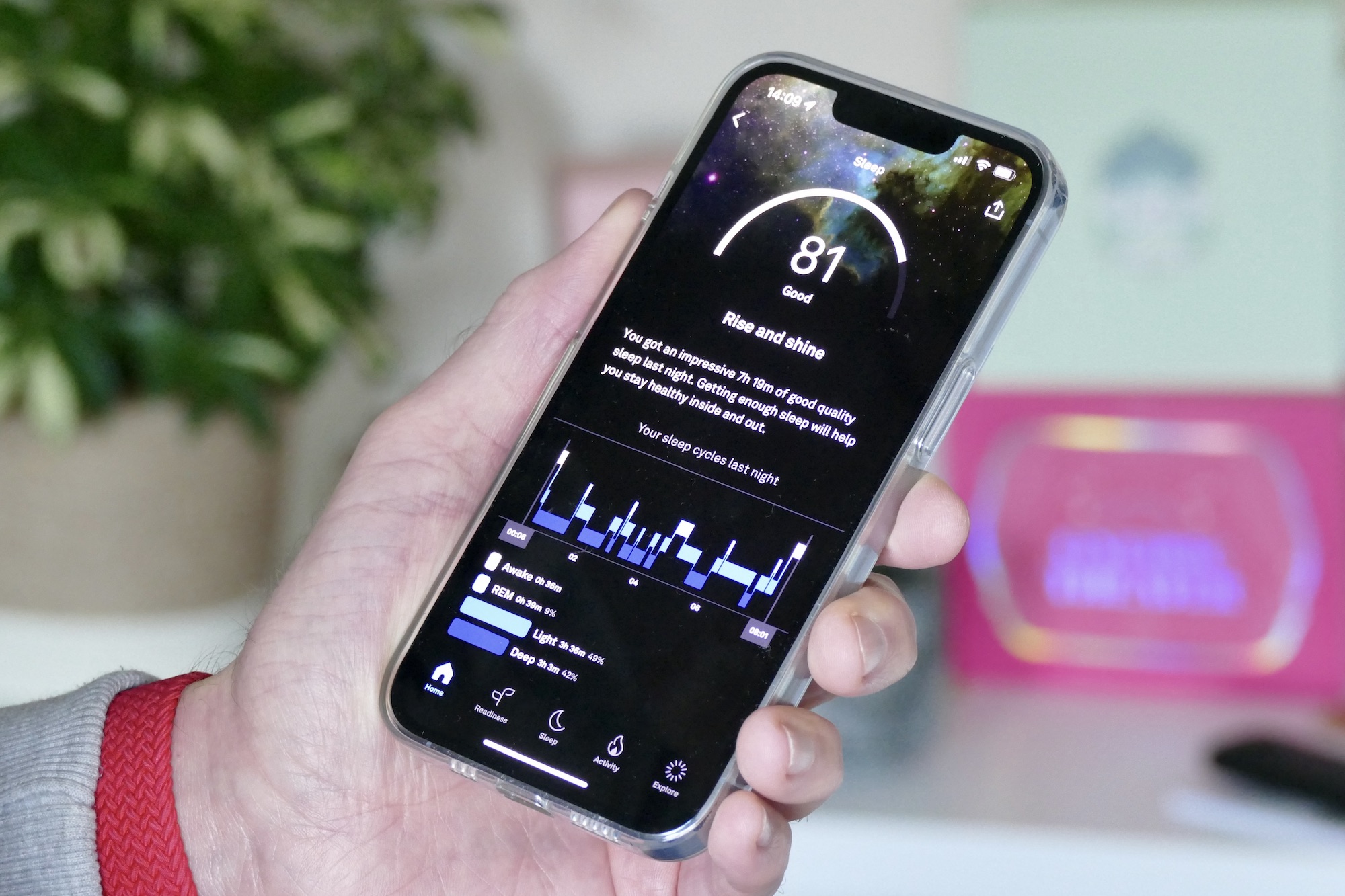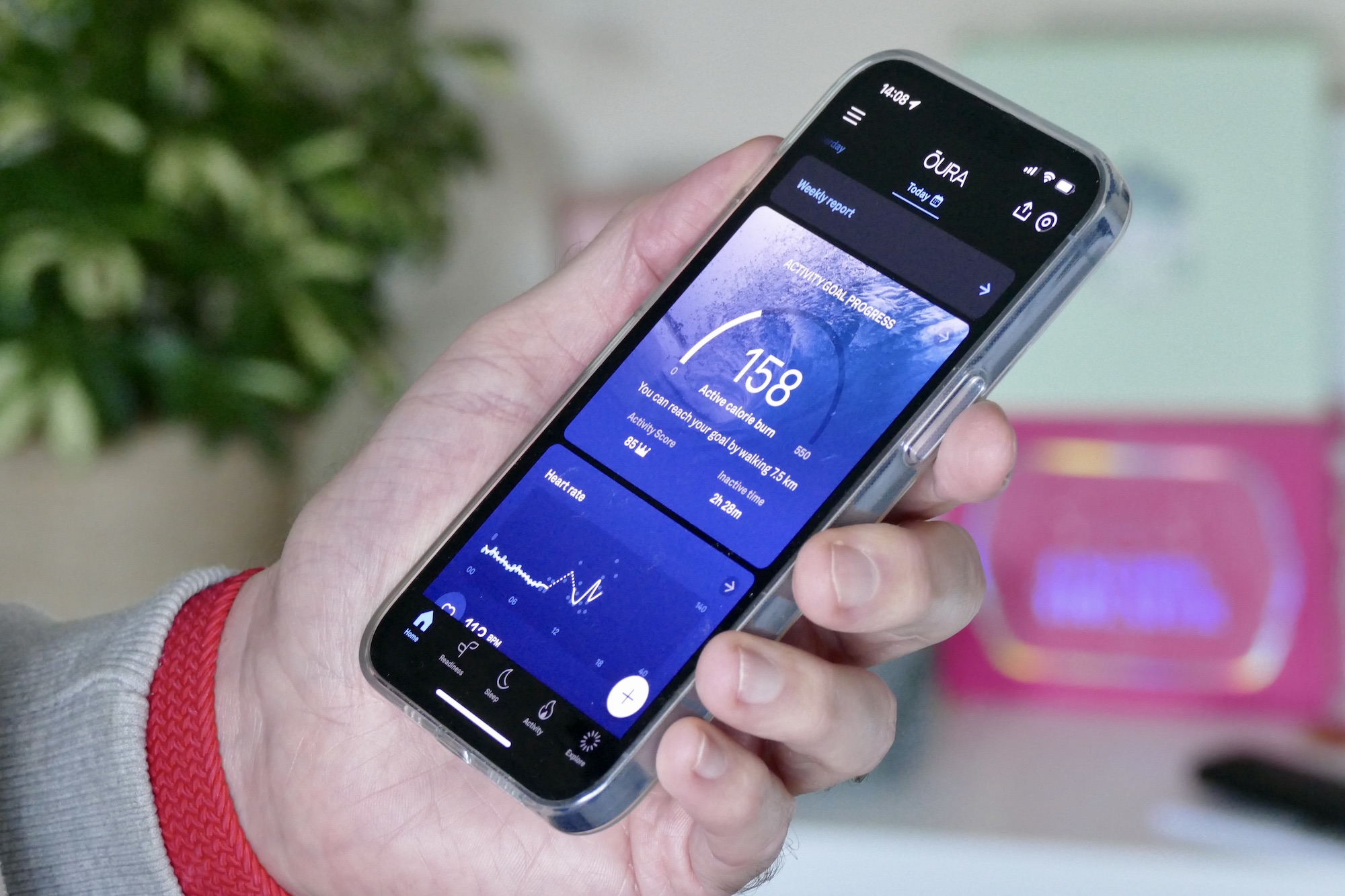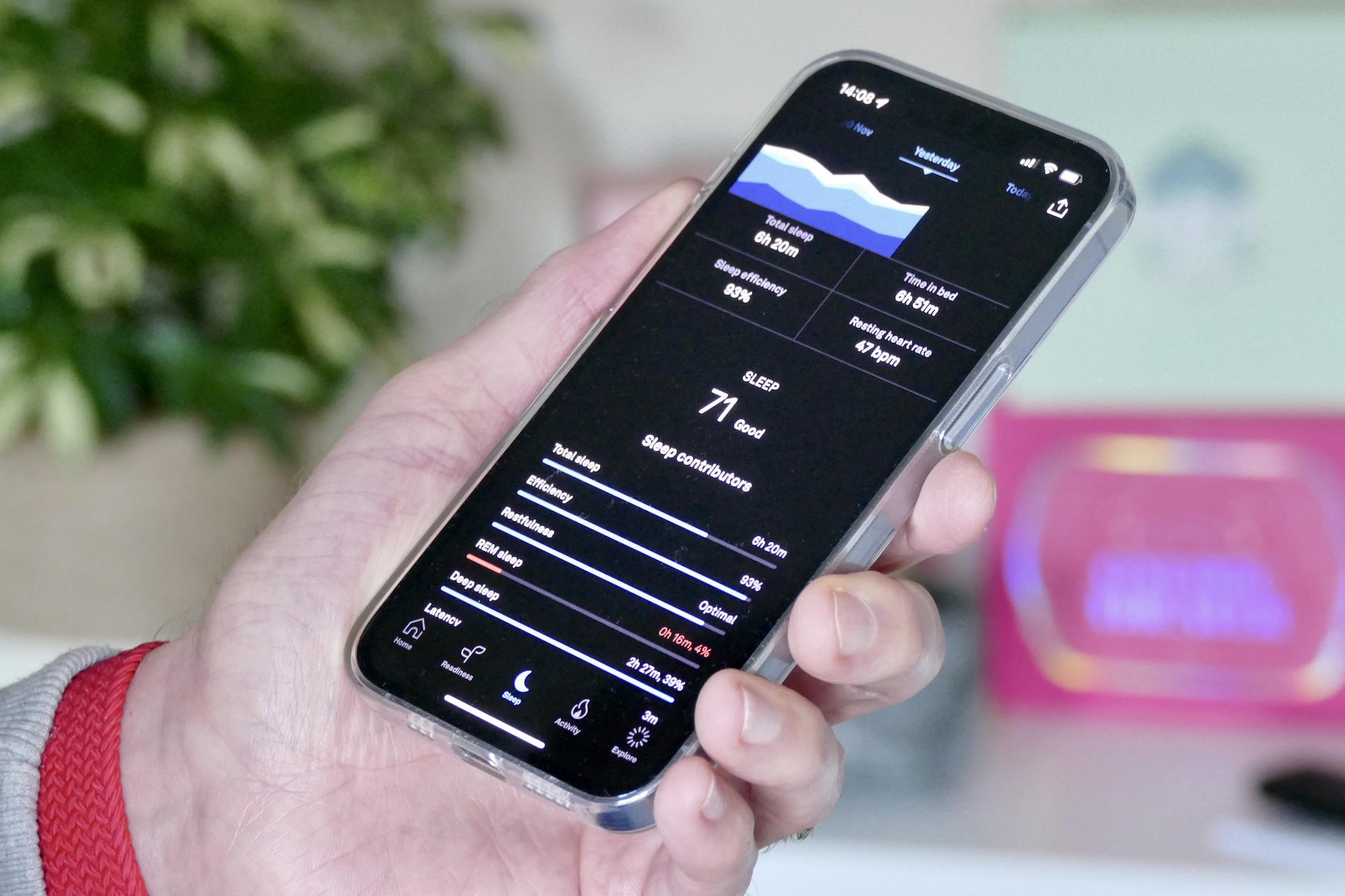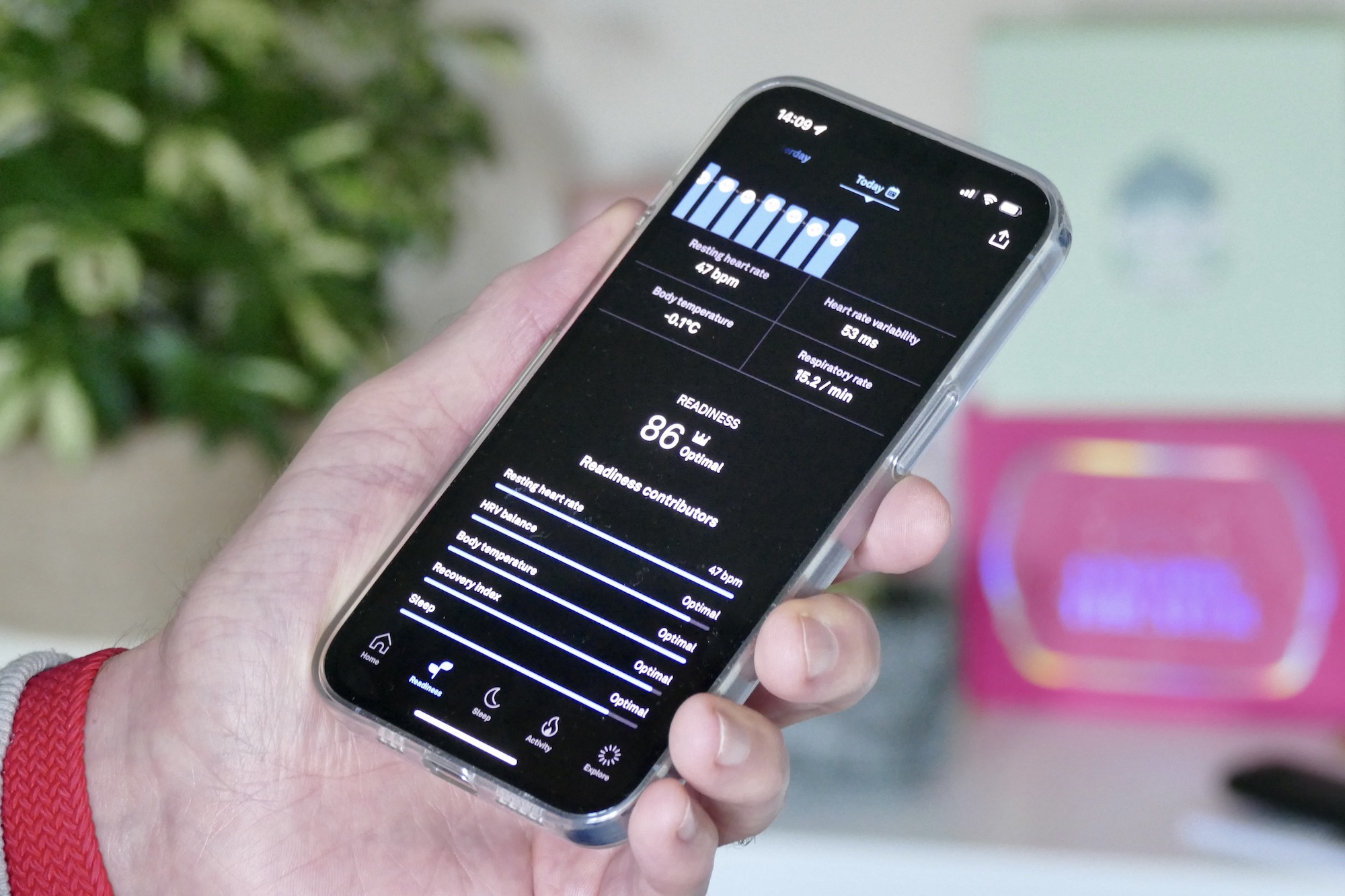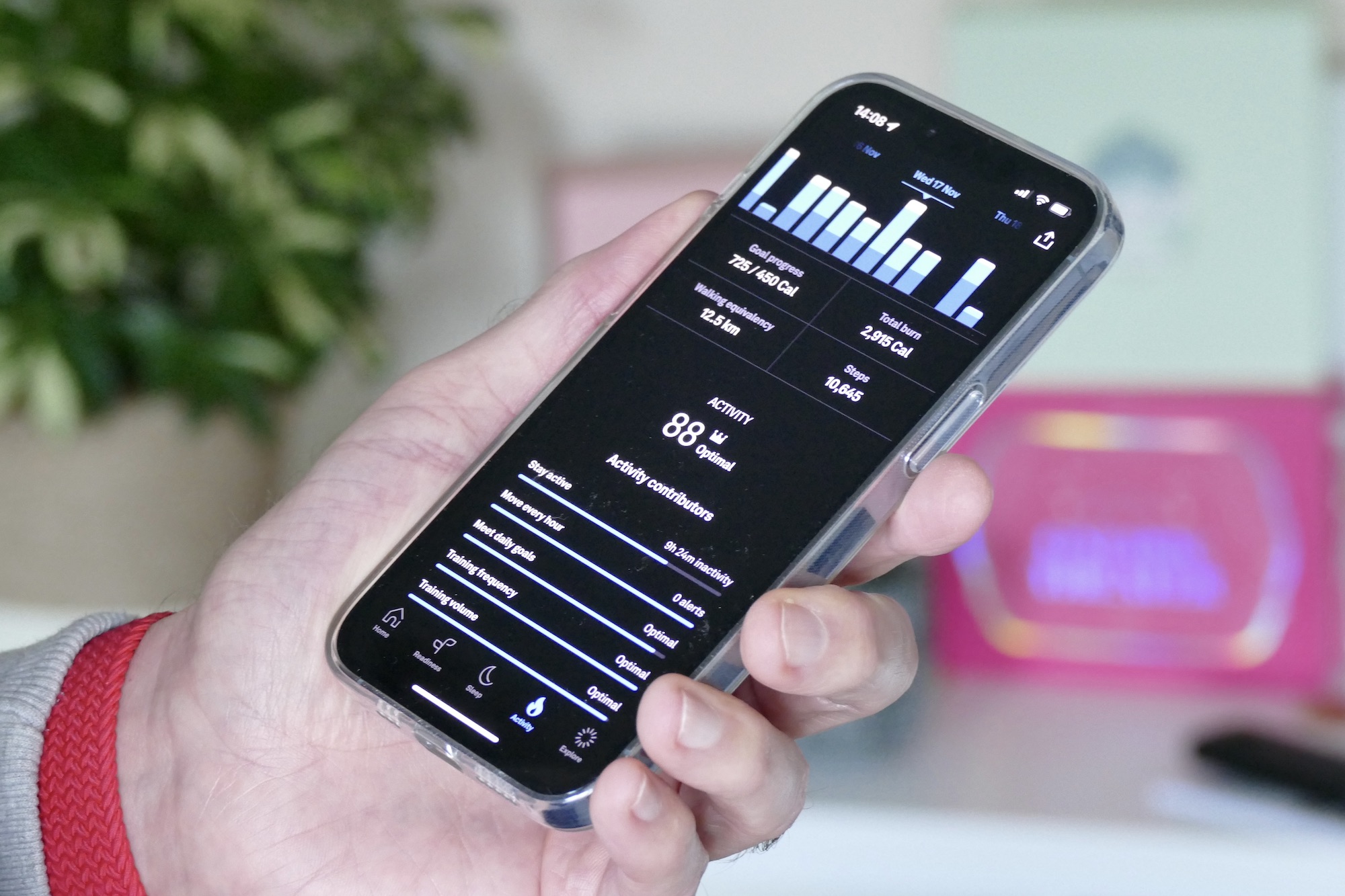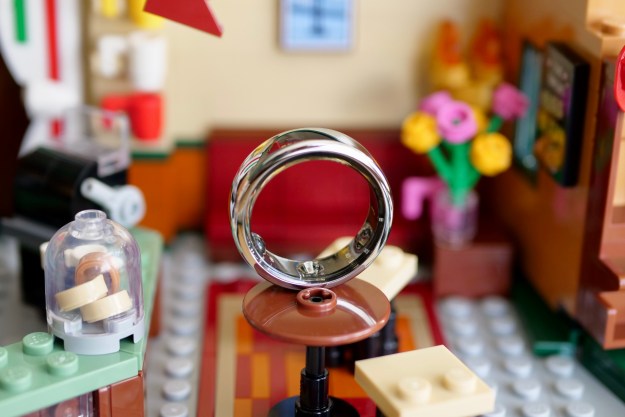Six months ago, I said “I do” to the Oura Ring, and it has not left my finger since. It may be a piece of wearable technology, but unlike the most popular piece of wearable tech, the smartwatch, it doesn’t have a screen. Nor does it go on your wrist. You wear it on your finger, and it turns out this makes a massive difference in how you live with it. It’s also not as attention-grabbing as many smartwatches, making it less bothersome on a daily basis.
In short, the honeymoon period has passed, but my feelings about the Oura Ring have not changed. If you’re curious about this exciting piece of wearable tech, it is worth taking the plunge.
Not like a smartwatch
A smartwatch like the Apple Watch does everything we want from a wearable. It delivers notifications, tracks health and activity, makes and takes calls, runs apps, and plenty more. It’s a brilliant all-rounder, and it can almost certainly do more than most people will ever need, but it does need a lot of attention. Whether it’s notifications, reminders to get up and move around, or daily charging, you always know the Apple Watch is there. The Oura Ring is not an Apple Watch or a Fitbit competitor. While there is some feature overlap, it caters to those with a lifestyle that doesn’t suit a smartwatch, and is far less needy.

Why? The Oura Ring doesn’t specifically track workouts, count steps, or deliver notifications. The third-generation Oura Ring will be able to track your heart rate during a workout after an update arrives later this year, but at the moment, it cannot, and I don’t know exactly how the feature will work either. Regardless of how it ends up performing, the Oura Ring will still not have the same depth and versatility of workout and activity tracking as a smartwatch.
You’re probably now thinking why you should wear it at all, and the answer comes down to how much importance you put on deep stats about exercise or notifications. If you don’t really care and would prefer simple, but easy-to-understand metrics and advice about your sleep and daily activity, without the need for constant upkeep and attention, the Oura Ring will probably be all you need.
Wear it and forget it
This unobtrusiveness is where the Oura Ring really succeeds. I’ve worn it almost every day since June because it’s absolutely no bother to do so. I wear it during the day and overnight and often barely notice it’s there. It took about two weeks to get to this stage, as I hadn’t worn a ring for years before the Oura arrived and had previously disliked wearing them, but found putting the Oura Ring on my middle finger far less annoying than wearing a ring on any other finger. I started out with the second-generation Oura Ring, and have recently swapped over to the third-generation model.

Only with long-term use will you get the most benefit from any activity tracker, and removing barriers that stop us from wearing them regularly is key. The Oura Ring lets me wear any watch I like without the need for double-wristing, and I find the lightweight titanium build much less bothersome than wearing even the lightest watch in everyday life. I really only take it off to do things like shower, or for tasks where it may get damaged.
Why take it off at all? It’s probably not for the reasons you think. The Oura Ring is water resistant to 100 meters, so I could wear it in the shower, but it slips off my finger in water so I take it off. I also put it on the charger when I shower to ensure the battery is topped up. In the six months I’ve worn the Oura Ring, I’ve only specifically charged it because the battery was about to run out two or three times, despite wearing it all day and all night. Often, I forget I’m wearing it not only because it’s light and comfortable, but also because it doesn’t require constant attention like a smartwatch.
Like any expensive piece of jewelry, I take it off when I’m doing something that may damage it. I wouldn’t wear my Swiss watch when I’m working in the garden, and I don’t wear the Oura Ring then either. Over about five months with the second-generation Oura Ring, even with these precautions it did pick up a few scratches, scuffs, and marks, diminishing the look of the Stealth finish upon close examination, but you can’t see it from a distance. I am now wearing the glossy black version, and am interested to see how it compares after a similar period of time.
What’s important here is that even though I take it off a few times a day, I always put the Oura Ring back on.
Simple stats
I’m not a fitness fanatic. I track only two different kinds of workouts on my Apple Watch, despite the dozens of things it thinks I could be doing, and while I’m pleased when I see a notification about reaching an activity goal, I almost certainly haven’t made a special effort to achieve it. However, I do want to better understand my health and activity levels, but not through metrics I don’t understand or by being bothered by messages encouraging me to “push hard today!”
What does the Oura Ring do? Open the Oura Ring’s app, and it syncs immediately. The splash page concentrates on two main scores, Readiness and Sleep, and you can tell at a glance if something needs addressing. Tap each section to get deeper information and a short, one-paragraph summary of what needs work, if anything. Each week, the app provides a succinct, four-screen summary so you can quickly understand if you need to adjust priorities, like getting more sleep or more activity, for example.
These screens contain all the basics you need, but there are breakout sections on Readiness, Sleep, and Activity if you want to find all the data the Oura Ring collects. All the sections contain historical data, too, and it’s this long-term use that helps the Oura Ring understand changes in your health. It tracks body temperature now and will soon add blood oxygen levels into the mix, helping youto identify changes that may indicate illness. It takes only a few minutes browsing the Oura app to understand if you need more sleep or need to do more exercise, or if your body is working differently than usual.
The @ouraring's weekly summary feature is very informative, without being too much. Many wearables go overboard with data and end up obscuring actual usefulness, but the details here are just right. pic.twitter.com/e3wQHwFRbj
— Andy Boxall (@AndyBoxall) November 22, 2021
This provides information for when you only wear the Oura Ring, and although it will probably be enough for many people, the ring is further enhanced when you wear it with a smartwatch or fitness band. While they are both pieces of wearable tech, they are different products that actually work well together. While the Oura Ring monitors activity, it’s not as effective at doing so as a smartwatch. The app integrates with Apple Health and Google Fit, so it can pull in workout data to improve its recommendations. Making the decision to wear both will come down to how much you really need, or want, to know about your daily activity.
What’s not so good
The Oura Ring doesn’t bother me with notifications saying I should move more or get more sleep. It also doesn’t prioritize meeting goals each day. It’s one of the least preachy, most laid-back wearables I’ve used. Rather than trying to be a trainer on your wrist, which I find intensely irritating, the Oura shows data on how you’re living, what it means, and adds some advice on changes you could make to improve your lifestyle.

This works really well for me personally, but it’s also good because the Oura Ring isn’t great at in-depth activity tracking. I feel this way because it usually underestimates step count, which makes me question how well it tracks activity data now and how it will perform when it starts more closely monitoring workouts later on. As someone who isn’t overly concerned with in-depth fitness data, it’s not a huge concern, as the heart rate and sleep data is in-line with other devices. So if you’re keen to receive in-depth activity data, a smartwatch will be advisable.
I would also get annoyed with the Oura Ring if it constantly bothered me about following recommendations, as they’re not always very good. For example, it suggests I should go to bed between 10 p.m. and 10:45 p.m. every night, despite me never going to bed before midnight ever. It steadfastly tells me this in the app, ignoring the fact that this doesn’t seem to fit in with my lifestyle at all, even with six months of data. Smartwatches with greater processing power, more artificial intelligence, and more emphasis on micromanaging your life do this better, should it be something you want.
Fitting in with your lifestyle
The Oura Ring suits the way I live my life. It gives me just enough health- and activity-related data to keep me informed and satisfied, it’s not needy or demanding, and I can wear it all the time without it being annoying. I also think it looks great, and have fallen for the glossy black version more than I did for the Stealth gray model.
Outside of smartwatches, wearable tech is still finding its feet, and it’s all too easy to compare new hardware with the smartwatch because it’s all we really know. But the Oura Ring is very different from a smartwatch. The person who really wants one probably won’t be satisfied with the Oura Ring, but those not quite convinced by the smartphone-on-your-wrist tech overload of a smartwatch may find the relatively fuss-free Oura Ring does everything they want.
The Oura Ring is available to buy from Oura now, starting at $299.
Editors' Recommendations
- I’ve had the iPhone 15 Pro for six months. Here’s why it’s still amazing
- Is this new smart ring the Oura Ring killer we’ve been waiting for?
- The Oura Ring showed me how months of stress destroyed my sleep
- I thought the Oura Ring would be the perfect fitness tracker. I was wrong
- I did something ridiculous to my Oura Ring

